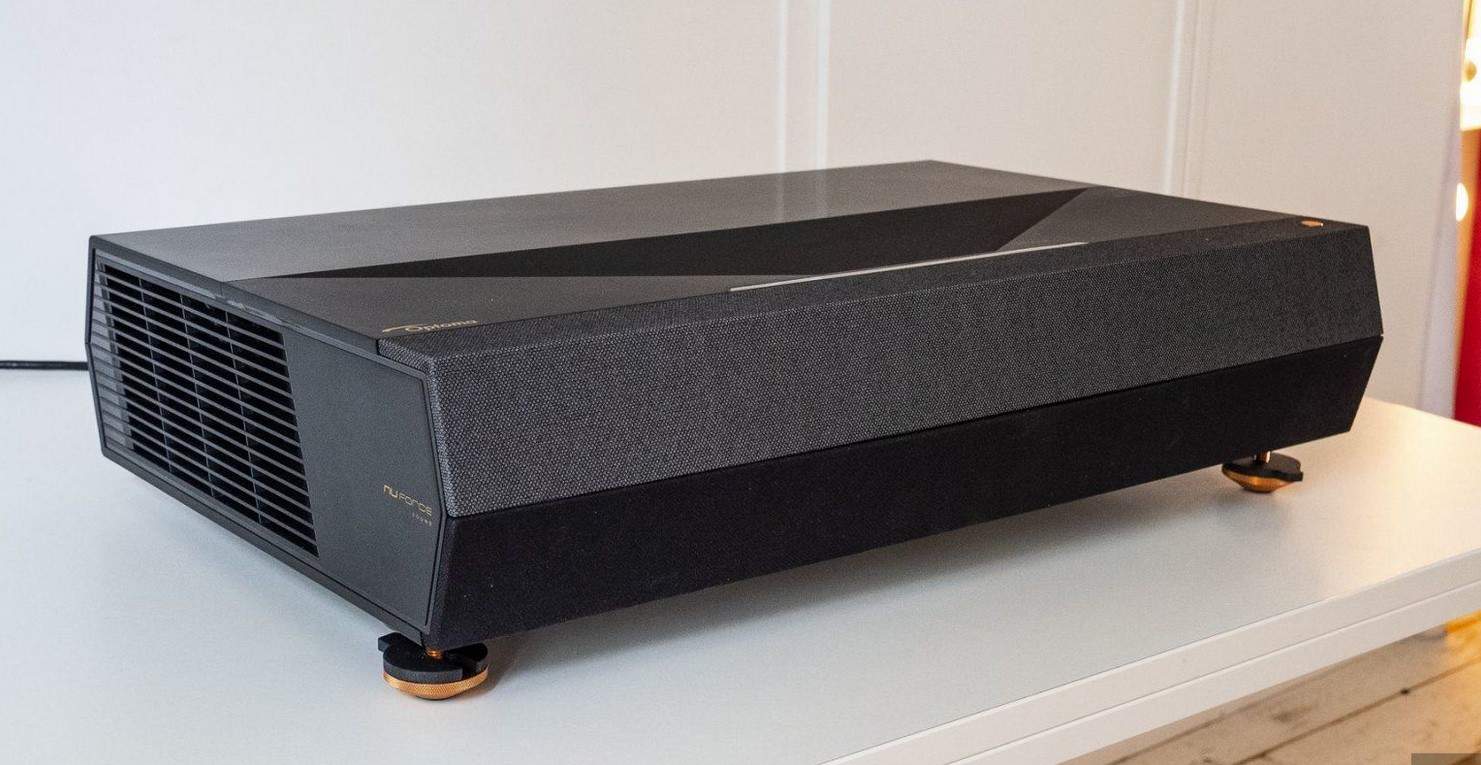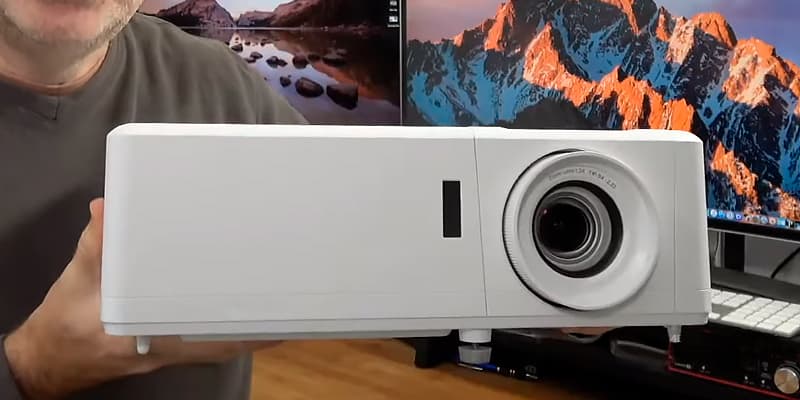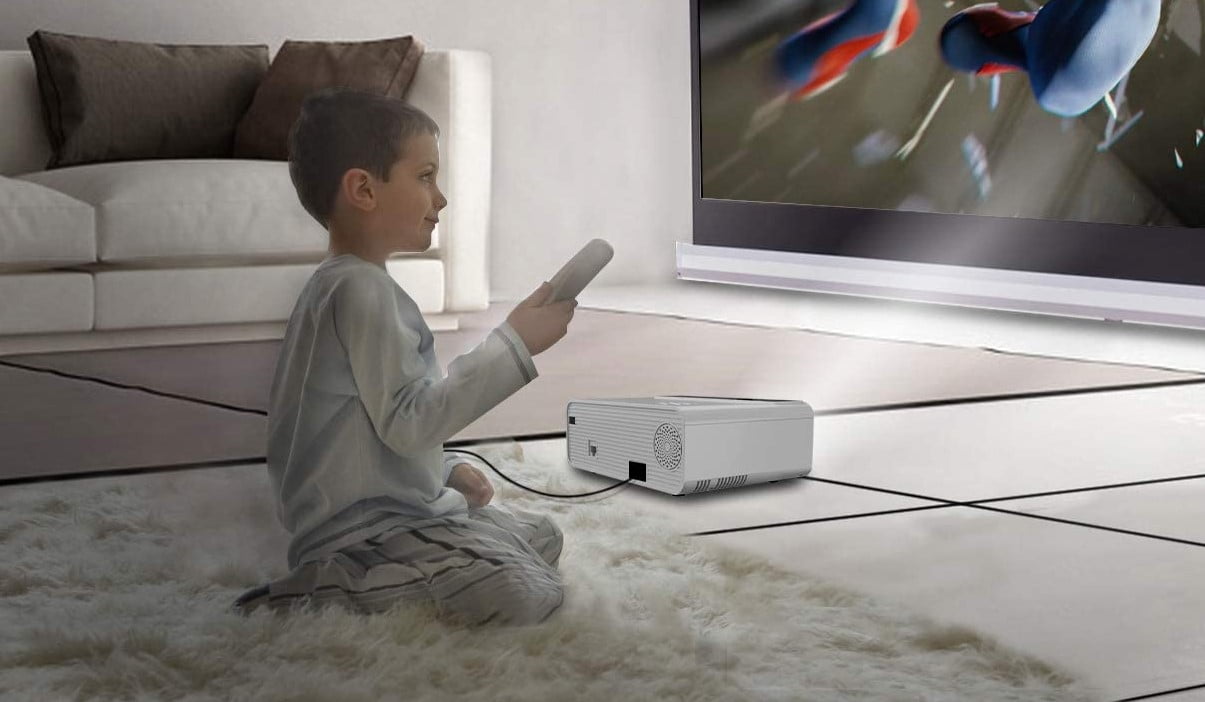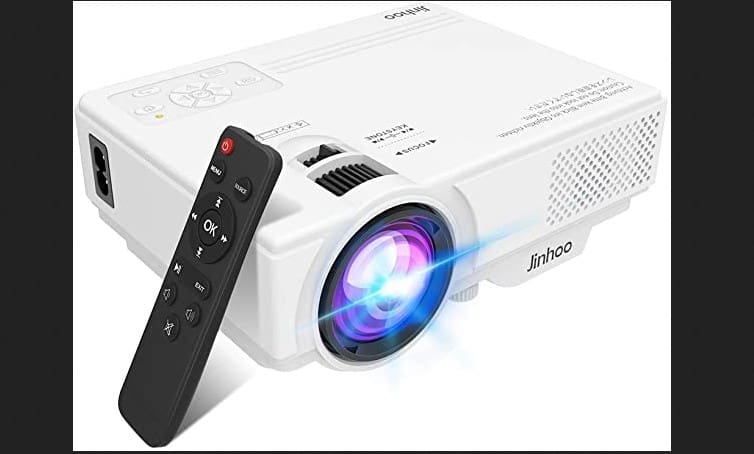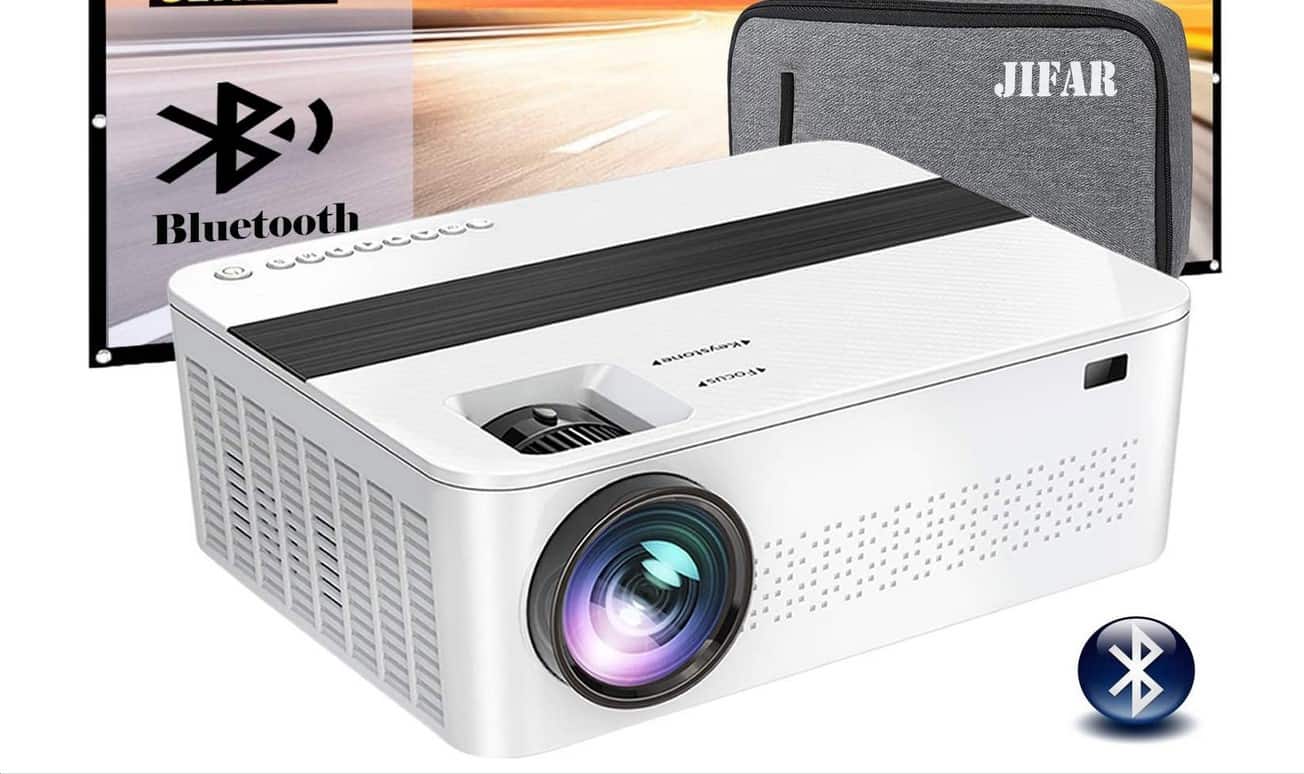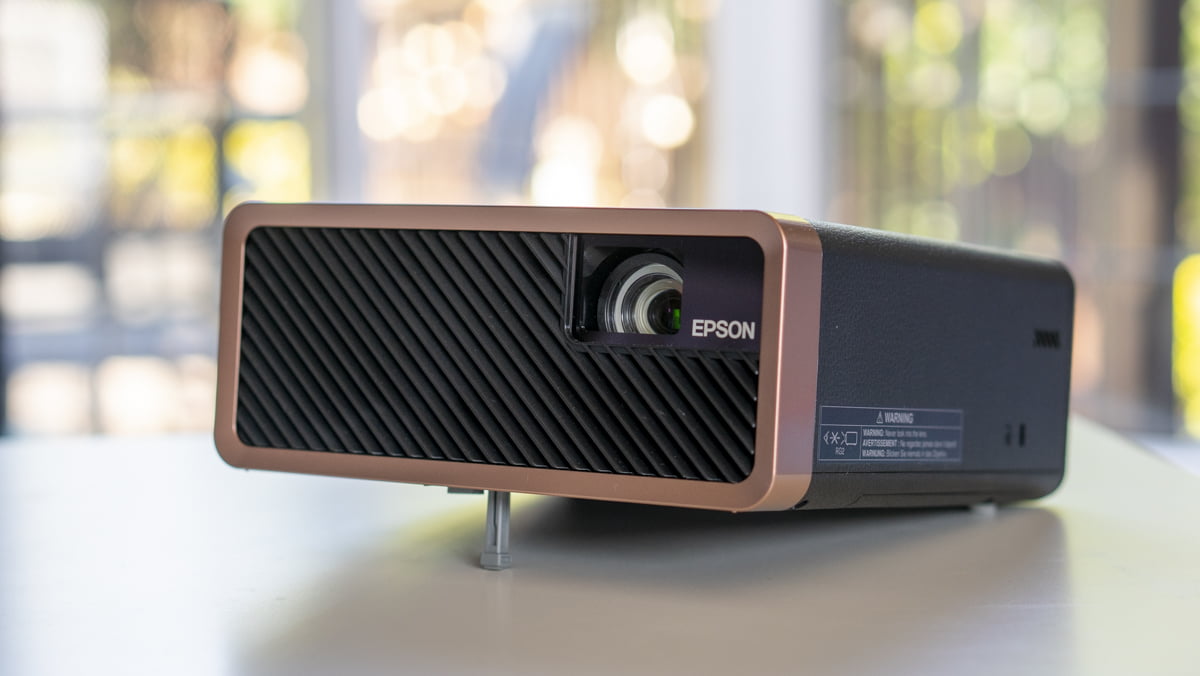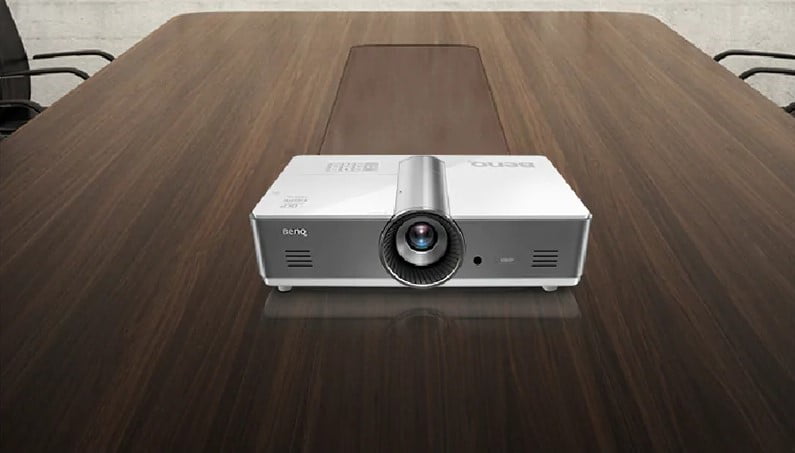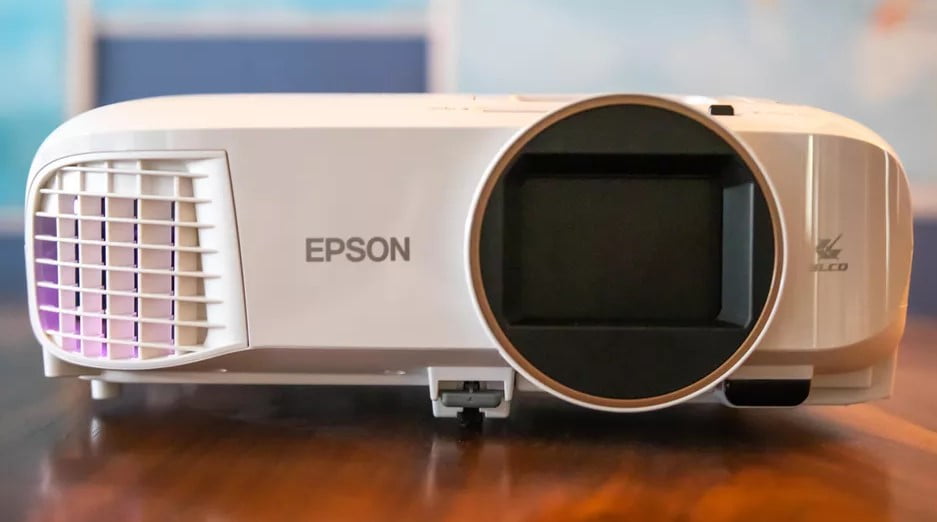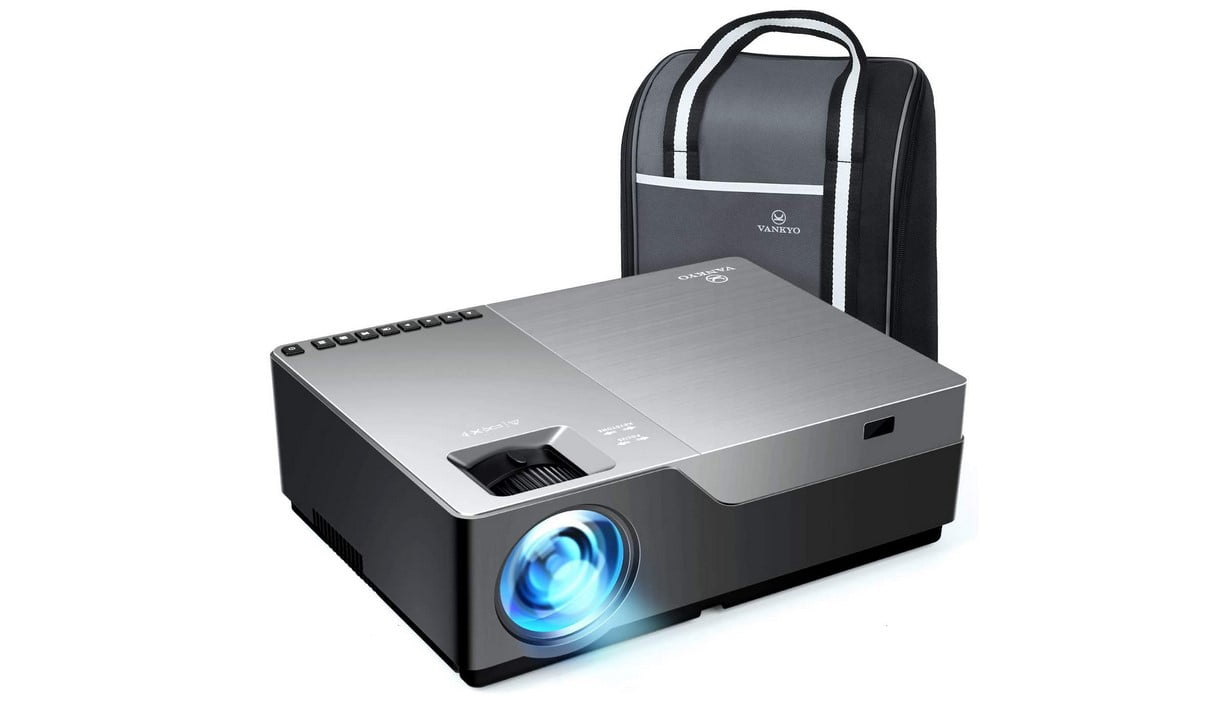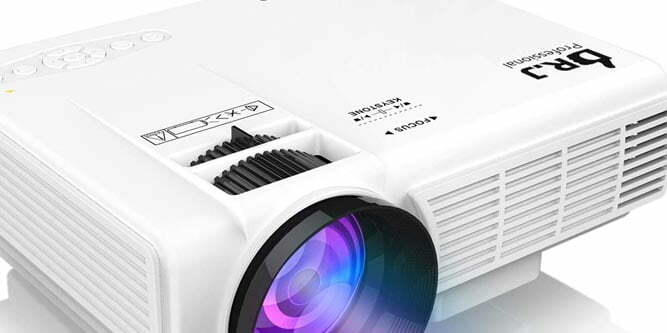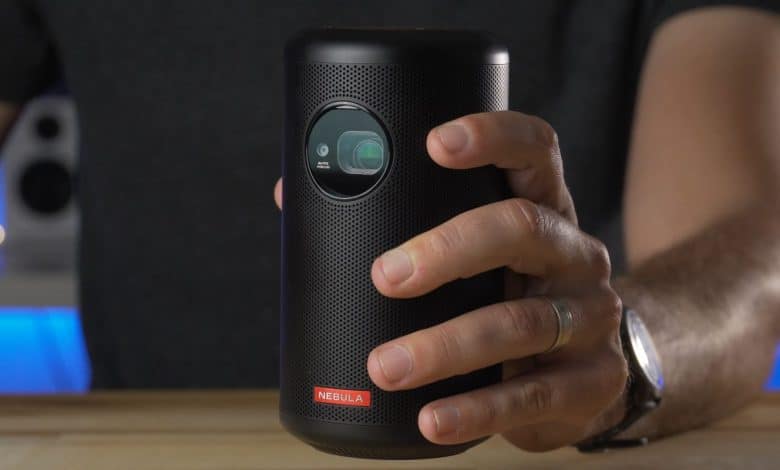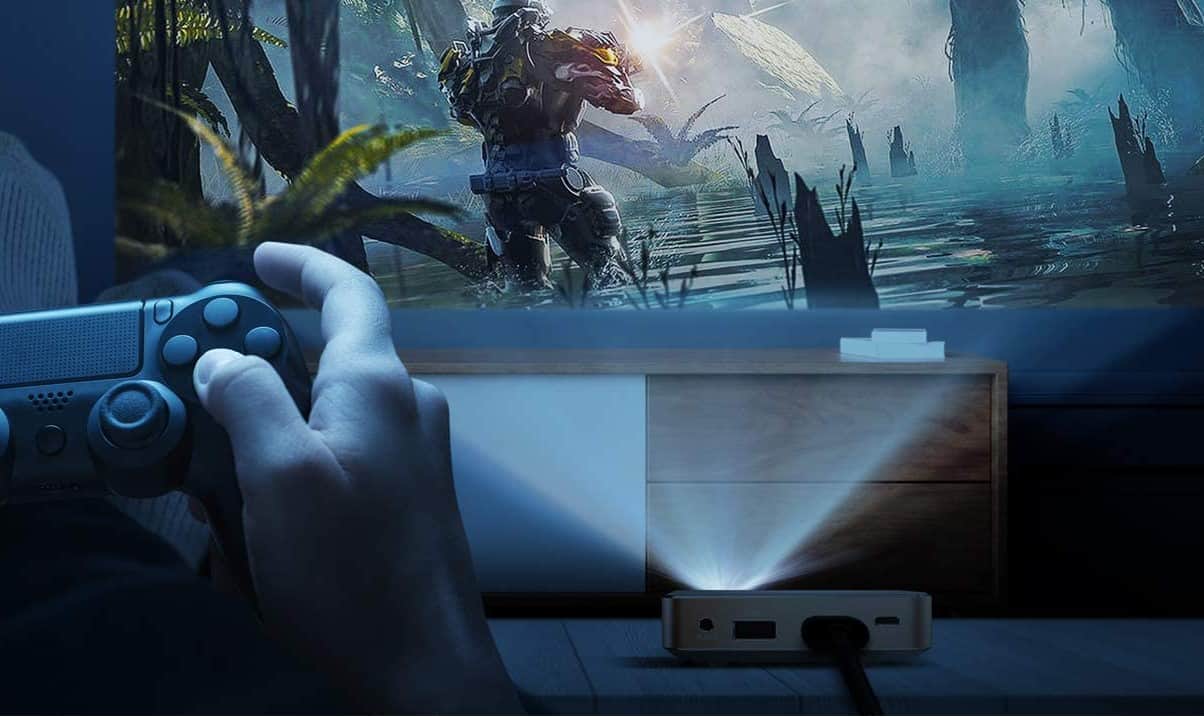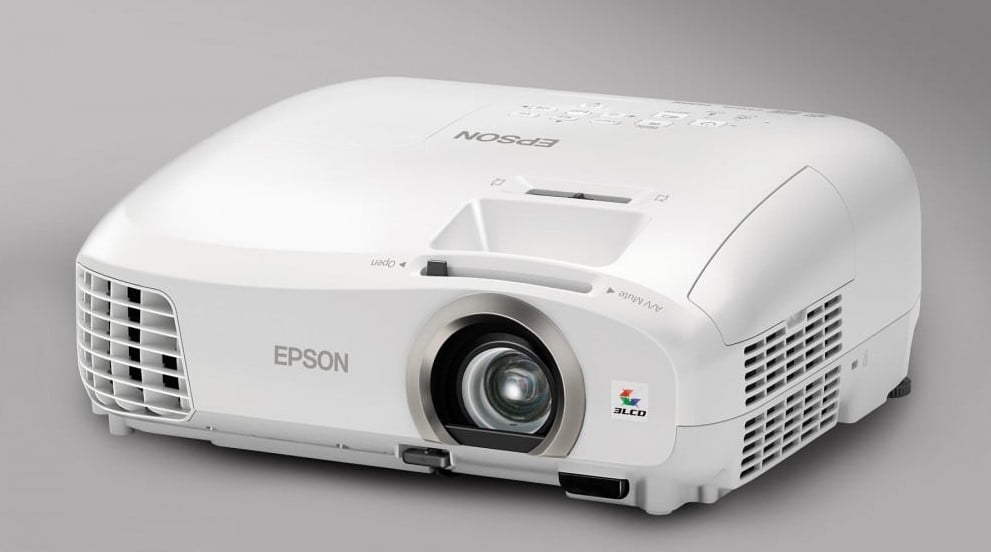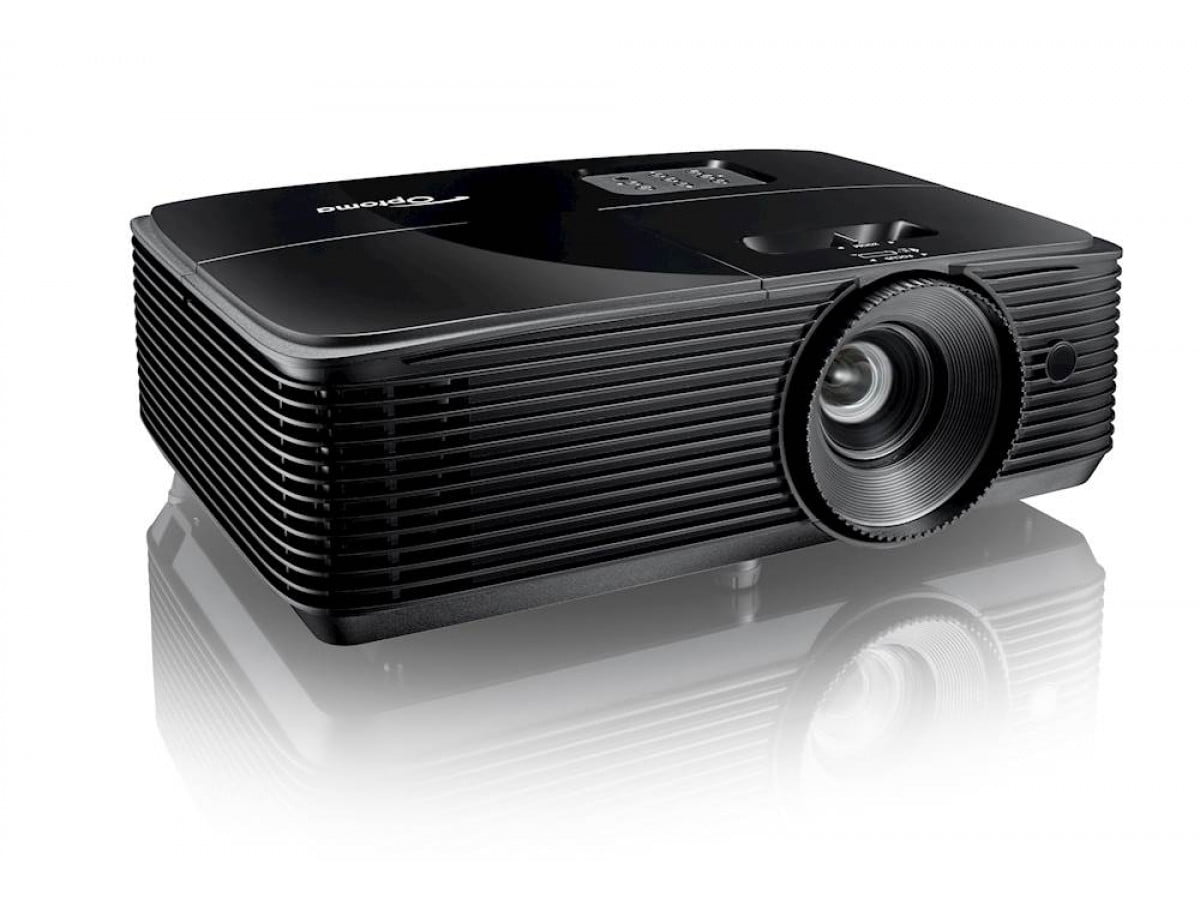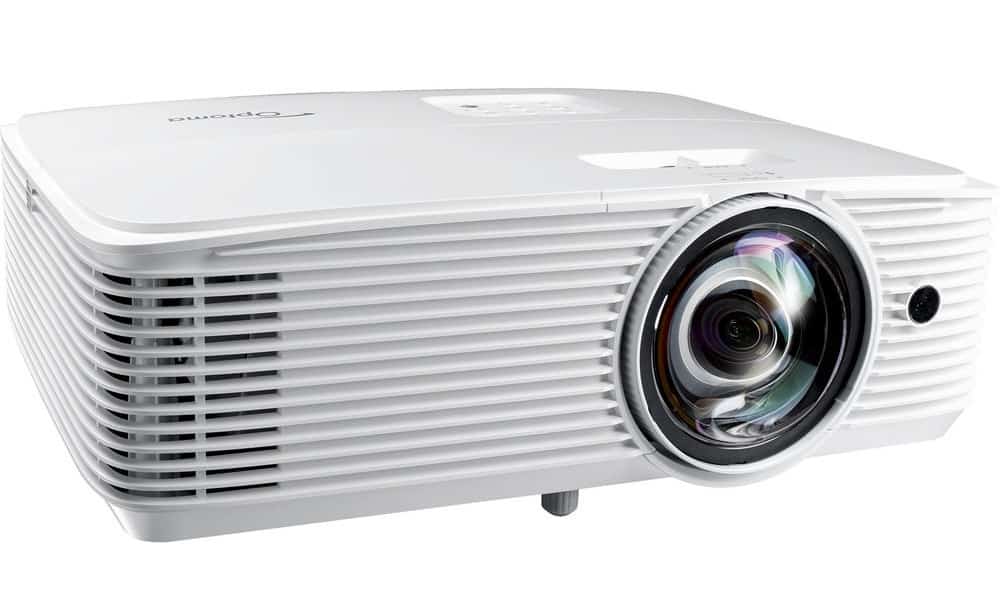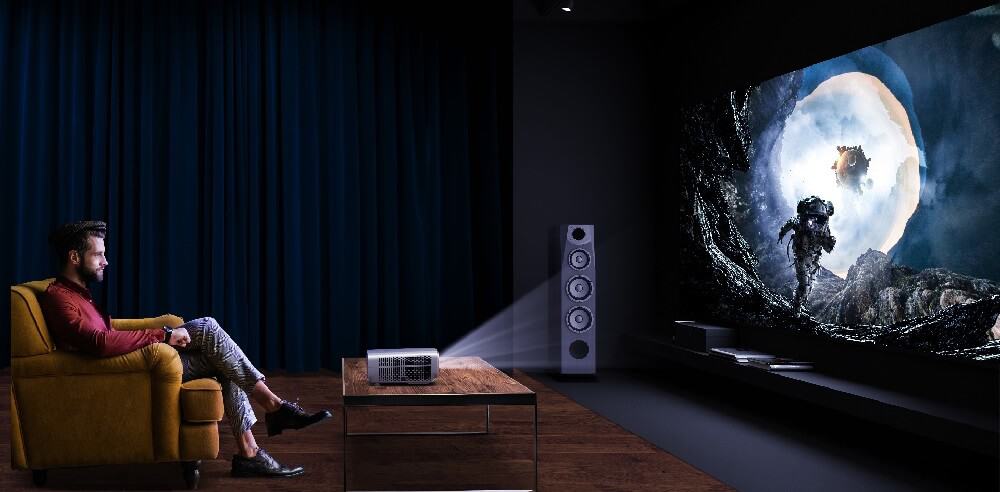Every consumer looking to apply paint instead of using a screen faces the choice between projector paint acrylic vs enamel. You may find that the best projectors offer various options for a smooth surface to watch content on because many projectors require only a flat surface. However, there are some considerations when choosing paint if you want to paint the wall for your screen. These include safety, application, cleaning, drying, durability, and reflectivity for both short throws vs. long throw projectors.
KEY TAKEAWAYS:
- Most projector screen enthusiasts prefer acrylic paint to enamel for a variety of reasons, especially the reflectivity aspect.
- You may notice that your acrylic screen is more durable and has a faster drying time than enamel.
- Enamel paint is easier to apply but is accompanied by a strong, lasting odor that can be toxic to humans.
Acrylic Paints for Safety
One of the biggest influencers when picking paint should be your safety. It’s easy to forget that some paints use materials that are toxic to humans. For example, acrylic paint is generally considered safer because of its water-based composition that causes little smell. Additionally, its components do not contain any toxics, unlike enamel paints. However, these oil-based paints feature a strong smell for an extended period, and some of their components can pose health risks to users. This factor has a big influence on schools looking to get a smartboard vs. an interactive projector.
Insider Tip
Acrylic paints do not contain toxins and have little smell, unlike enamel paints.
Application and Cleaning
When it comes to applying your paint, enamel becomes the easier to use option. However, this is one of its few advantages. Enamel paint can be messy if you aren’t careful or aren’t applying it correctly. However, enamel does go on uniformly, providing a better experience. Acrylic paint can be challenging to apply evenly. Because of this factor, acrylic paint has noticeable strokes of brushes on a flat surface, and two coats are often needed. Finally, acrylic paint can be cleaned off using soapy water even after drying due to its water base, unlike sticky enamel paints.
Drying Time
Acrylic has inherently better drying times with a quick-drying composition, allowing users to apply as many coats as they desire in a shorter time. On the other hand, enamel paints can take hours to a day to dry, and the smell lingers longer than that time frame. Therefore, if you need to apply multiple coats of enamel paint, you should wait for the last coat to dry before starting the next one. As a result, this process could take days when using enamel paint.
Gloss vs. Matte Finishes
Acrylic paints are inherently more matte than their enamel counterparts, meaning they are flat and do not reflect much light. As a result, they eliminate the chance for projector images to reflect too much, which causes disturbance and blurriness of the content. If you find that your wall absorbs the colors more than reflects them, you can apply a finish to make the wall slightly shinier. On the other hand, enamel paints feature a glossy finish, though mixing in a medium matte color may help.
Sun Effects
If you are going to be using your projector outside, you will need to pick a paint that can withstand the heat and sun outdoors. Because of this exposure, you most likely want to purchase acrylic paint since it is more flexible and does not crack in the sunlight. Although they do swell in moist climates, acrylic paint remains a better option than enamel, which does crack in the sun and has low flexibility.
Warning
Acrylic paints cause dust to stick to the flat surface of the wall, but they can be cleaned easily with soap and water.
F.A.Q.s
What type of paint should I use for a projector screen?
You want to use acrylic paint as it is faster drying, more durable, and has the right reflectivity for projector use. You will want gray, black, or white paints with a smooth finish.
Can you use enamel and acrylic paint together?
You should not mix enamel and acrylic paints because of the difference in their components, with enamel being an oil paint and acrylic being water-based. As with oil and water, a mixture of the two paints could separate.
Is acrylic the same as acrylic enamel?
No, acrylic enamel paint forms a hard shell once dry and is mainly used for cars, metal, and wood.
STAT: Glossy paints are shiny and reflect most light in the specular (mirror-like) direction, while on flat paints most of the light diffuses in a range of angles. (source)
REFERENCES:

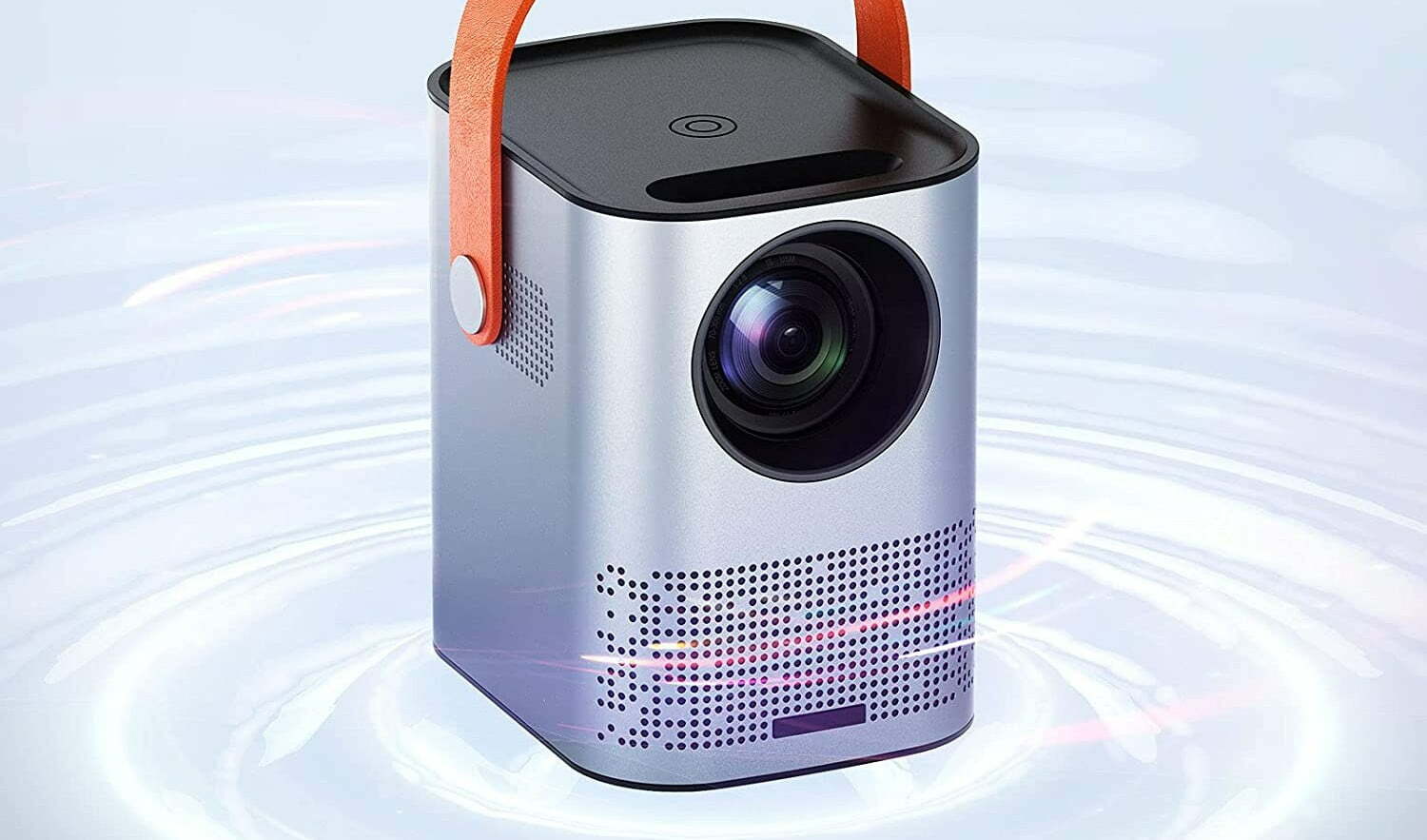














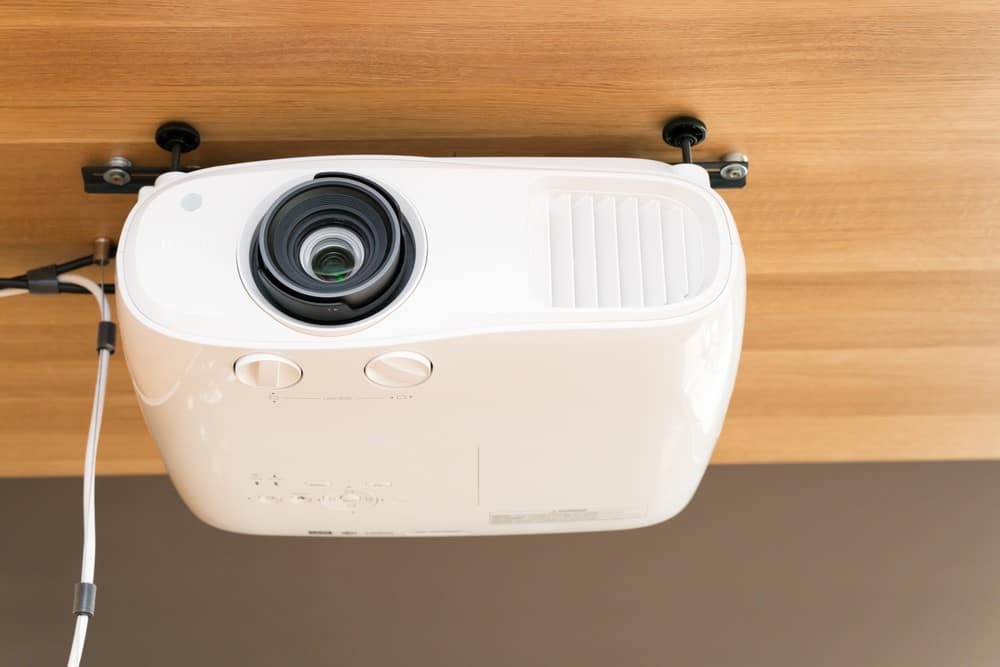




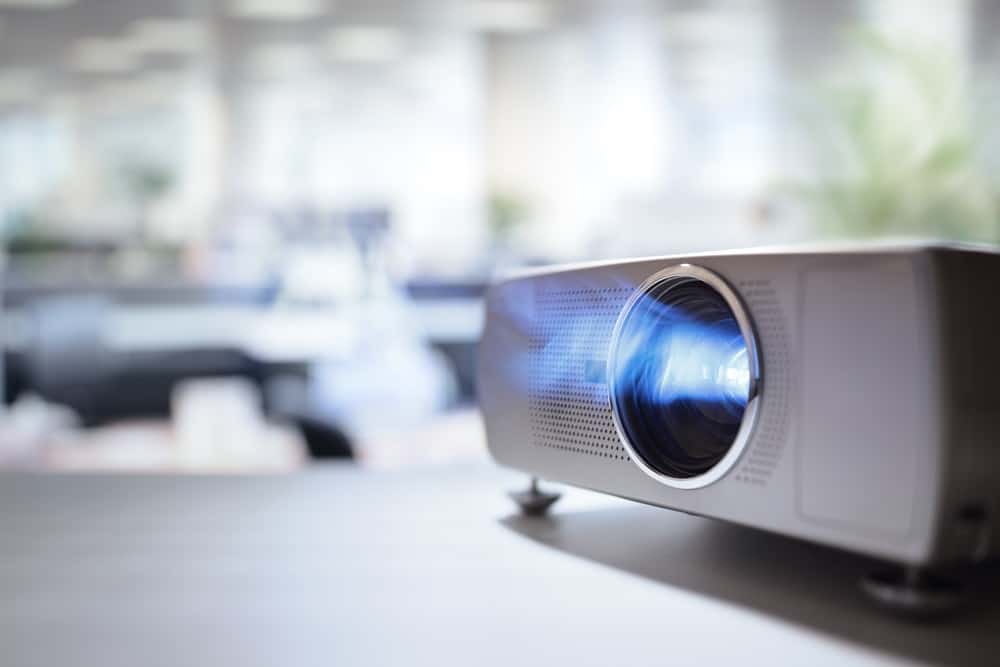
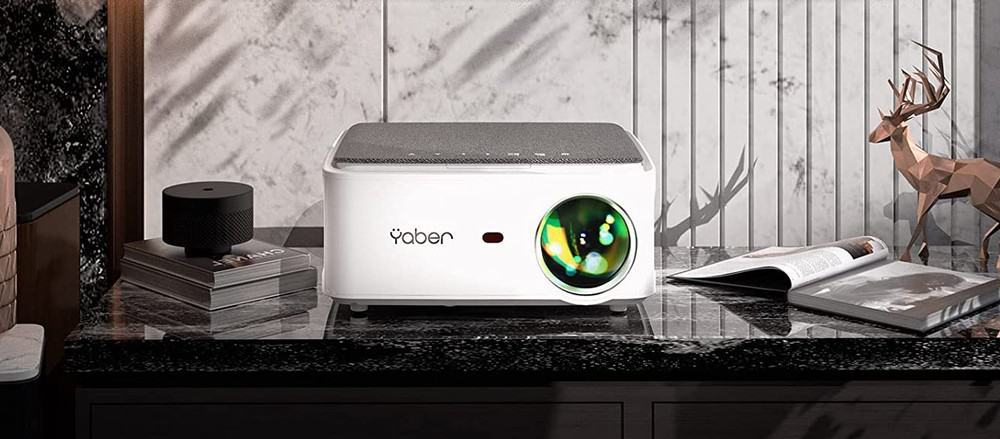

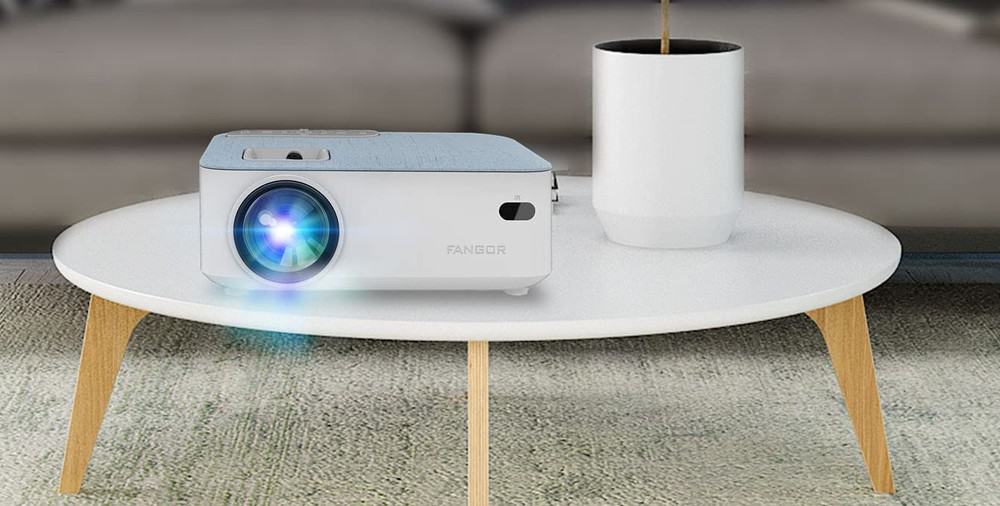

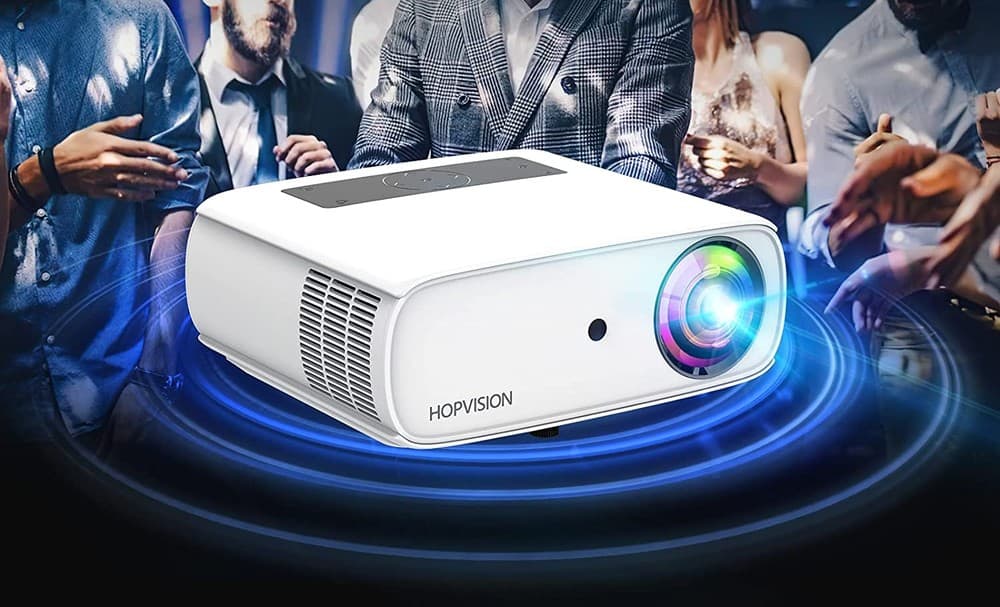



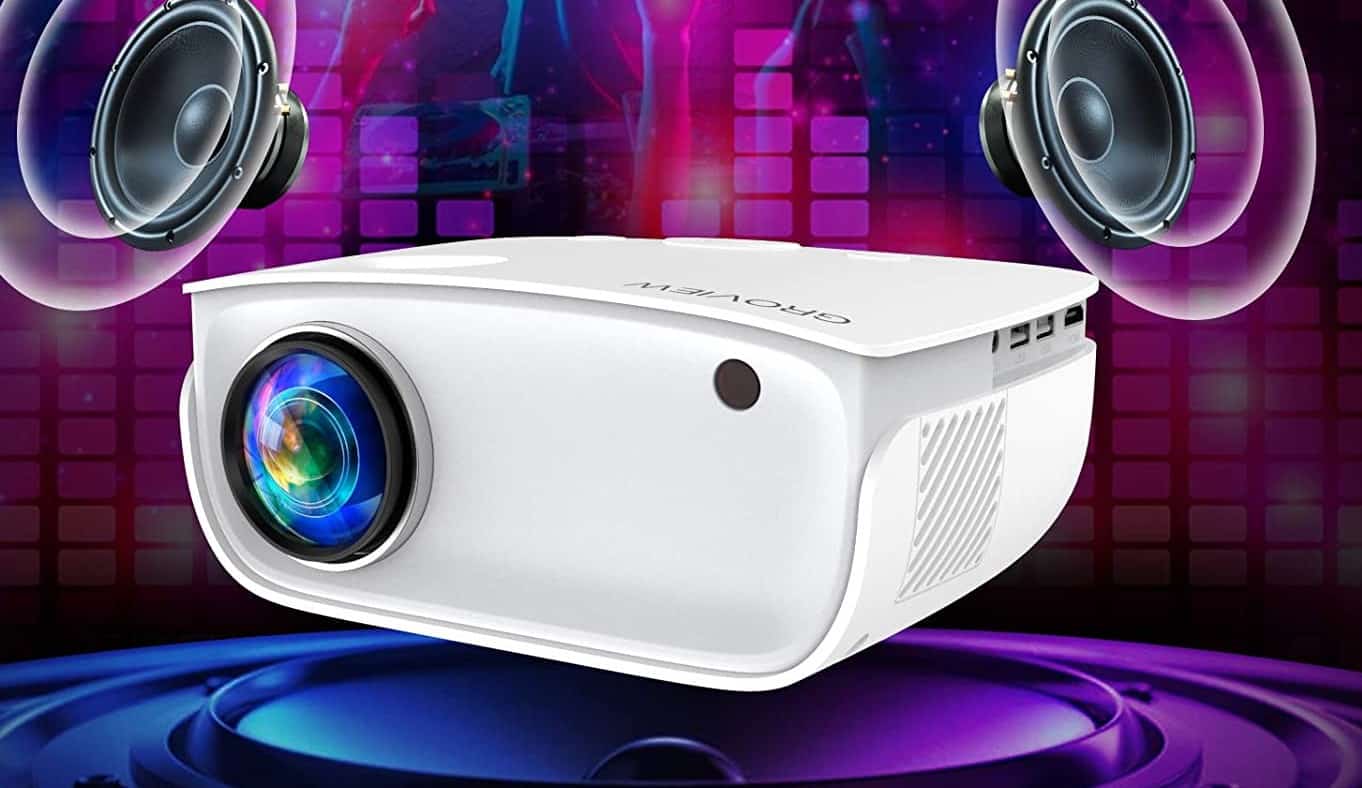
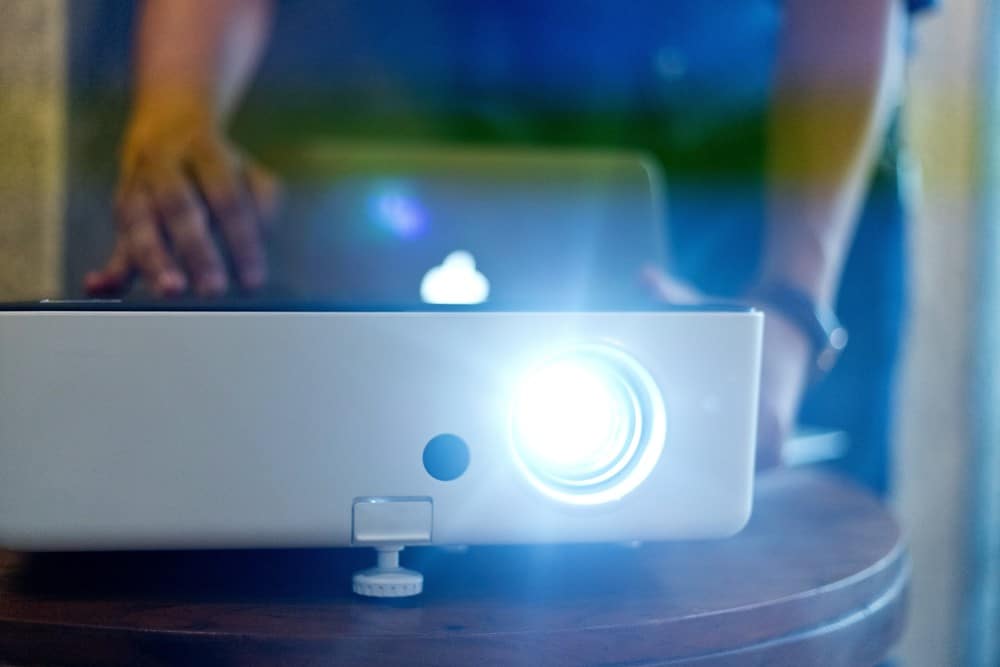

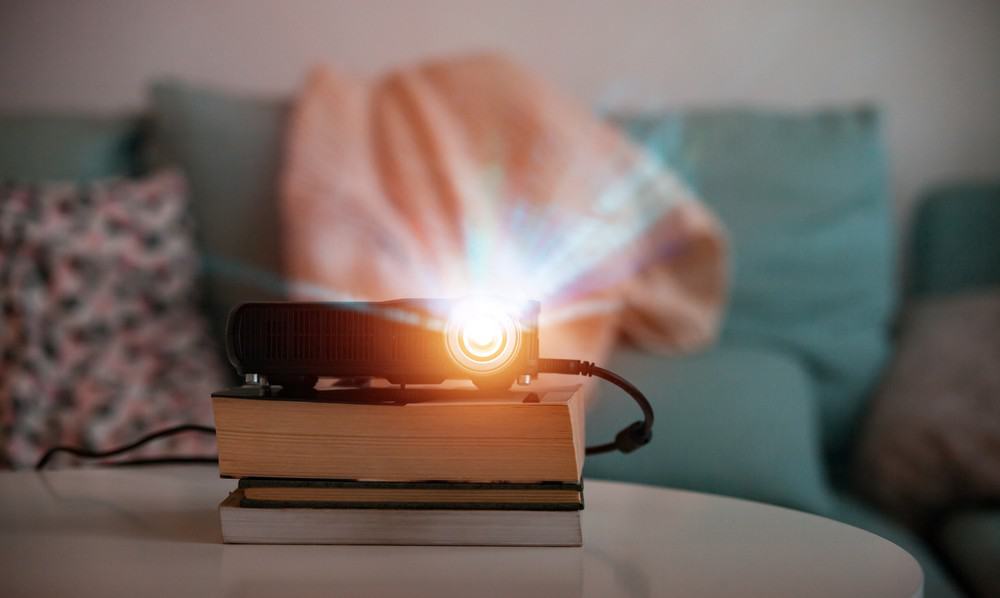
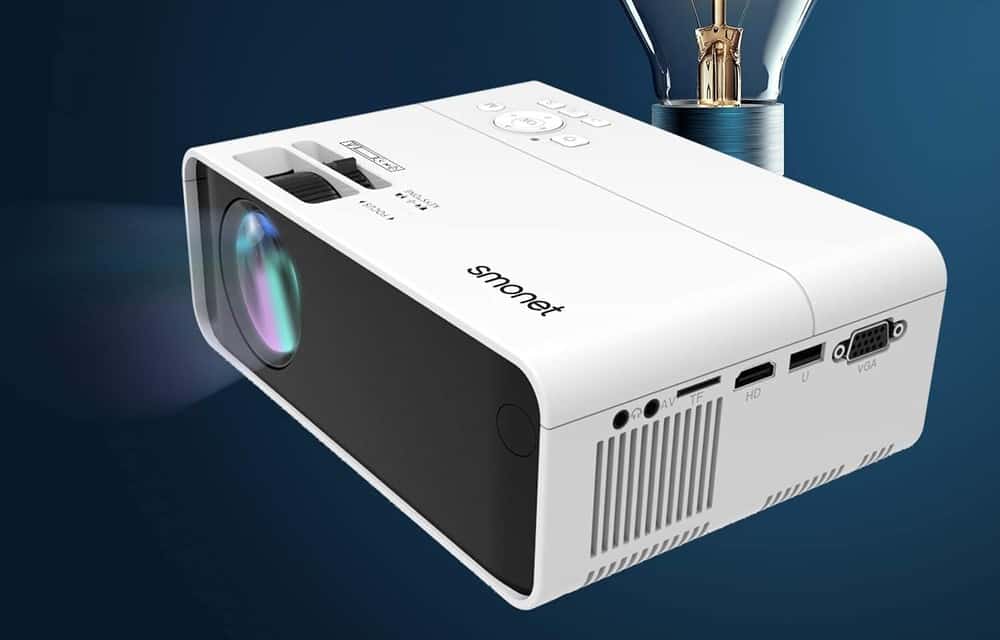
![Best Projectors for Daylight Viewing in [year] 27 Best Projectors for Daylight Viewing in 2025](https://www.gadgetreview.dev/wp-content/uploads/best-projector-for-daylight-viewing-image.jpg)
![Best Samsung Projectors in [year] 28 Best Samsung Projectors in 2025](https://www.gadgetreview.dev/wp-content/uploads/best-samsung-projectors-image.jpg)
![Best NEC Projectors in [year] 29 Best NEC Projectors in 2025](https://www.gadgetreview.dev/wp-content/uploads/best-nec-projectors-image.jpg)
![Best Acer Projectors in [year] 30 Best Acer Projectors in 2025](https://www.gadgetreview.dev/wp-content/uploads/best-acer-projectors-image.jpg)
![Best Quiet Projectors in [year] 31 Best Quiet Projectors in 2025](https://www.gadgetreview.dev/wp-content/uploads/best-quiet-projector-image.jpg)
![Best Projectors for Golf Simulator in [year] 32 Best Projectors for Golf Simulator in 2025](https://www.gadgetreview.dev/wp-content/uploads/best-projector-for-golf-simulator-image.jpg)
![Best Conference Room Projectors in [year] 33 Best Conference Room Projectors in 2025](https://www.gadgetreview.dev/wp-content/uploads/best-conference-room-projector-image.jpg)
![Best InFocus Projectors in [year] 34 Best InFocus Projectors in 2025](https://www.gadgetreview.dev/wp-content/uploads/best-infocus-projectors-image.jpg)
![Best Mini Projector in [year] ([month] Reviews) 35 Best Mini Projector in 2025 (December Reviews)](https://www.gadgetreview.dev/wp-content/uploads/best-mini-projector-image.jpg)
![Best Panasonic Projectors in [year] 36 Best Panasonic Projectors in 2025](https://www.gadgetreview.dev/wp-content/uploads/best-panasonic-projectors-image.jpg)
![Best Sony Projectors in [year] 37 Best Sony Projectors in 2025](https://www.gadgetreview.dev/wp-content/uploads/best-sony-projectors-image.jpg)
![Best Projector Stands in [year] 38 Best Projector Stands in 2025](https://www.gadgetreview.dev/wp-content/uploads/best-projector-stand-image.jpg)
![Best Ultra Short Throw Projectors in [year] 39 Best Ultra Short Throw Projectors in 2025](https://www.gadgetreview.dev/wp-content/uploads/best-ultra-short-throw-projector-image.jpg)
![Best Projectors for a Living Room in [year] 40 Best Projectors for a Living Room in 2025](https://www.gadgetreview.dev/wp-content/uploads/best-projector-for-living-room-image.jpg)
![Best RCA Projectors in [year] 41 Best RCA Projectors in 2025](https://www.gadgetreview.dev/wp-content/uploads/best-rca-projectors-image.jpg)
![Best Optoma Projectors in [year] 42 Best Optoma Projectors in 2025](https://www.gadgetreview.dev/wp-content/uploads/best-optoma-projectors-image.jpg)
![Best BenQ Projectors in [year] 43 Best BenQ Projectors in 2025](https://www.gadgetreview.dev/wp-content/uploads/best-benq-projectors-image.jpg)
![Best Projectors for Church in [year] 44 Best Projectors for Church in 2025](https://www.gadgetreview.dev/wp-content/uploads/best-projector-for-church-image.jpg)
![Best Projectors for Classroom in [year] 45 Best Projectors for Classroom in 2025](https://www.gadgetreview.dev/wp-content/uploads/best-projector-for-classroom-image.jpg)
![Best Epson Projectors in [year] 46 Best Epson Projectors in 2025](https://www.gadgetreview.dev/wp-content/uploads/best-epson-projector-image.jpg)
